Research & Development Fields
Toshiba Electronic Devices & Storage Corporation advances a wide variety of R&D activities in semiconductors and storage products for industry, infrastructure, automotive, and for the information society. Here are some key technologies.
Semiconductor Technology
Devices & Processes
Next generation power semiconductors
Power semiconductors have a central role to play in our efforts to achieve carbon neutrality and realize the data society. Important far beyond their size, found in products of every kind, from mobile devices to home appliances, in automobiles, datacenters and renewable energy generation, they ensure efficient power conversion and control.
We are initially focused on silicon- (Si-) based power metal-oxide-semiconductor field-effect transistors (MOSFETs), insulated gate bipolar transistors (IGBTs), and diodes, but our research and development (R&D) work now extends to silicon carbide (SiC) and gallium nitride (GaN) compound semiconductors. Alongside new materials, we are also advancing R&D in fundamental technologies for device structures and transformative innovations in manufacturing processes, all to enhance the performance, quality, and productivity of next- and future-generation products.
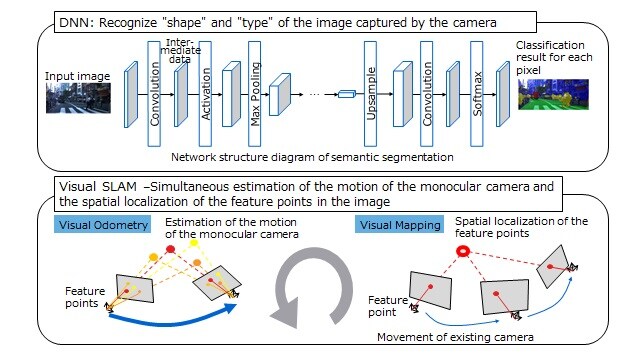
Manufacturing & design simulation technology
Technology computer-aided design (TCAD) and process compact model (PCM) technologies are simulation methodologies, essential tools for the R&D and manufacturing of semiconductors, including power semiconductors. TCAD includes process simulations that emulate semiconductor manufacturing processes; device simulations that calculate electrical characteristics; and circuit simulations that calculate circuit characteristics. Together, they improve product characteristics and shorten development times. PCM leverages data science methodologies as diverse as statistical analysis and AI to mathematically model device characteristics from process data, and can optimize design and control of production systems that incorporate manufacturing variations, thereby improving and stabilizing semiconductor production yields.
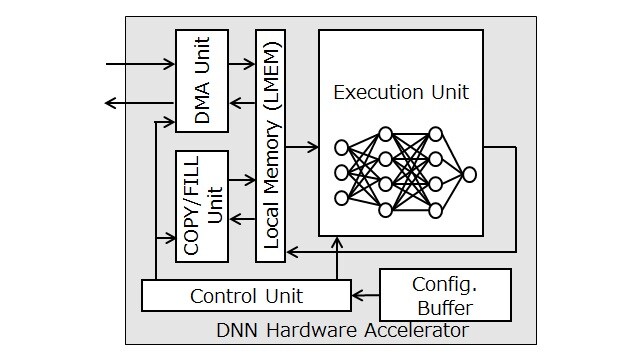
Design and Software
Integrated circuit technology
With the electrification of vehicles and the enhancement of performance of industrial equipment and home appliances, there is growing demand for improved conversion efficiency and miniaturization of power converters for power supply applications. Meeting these demands requires improved switching speed of power devices, enhanced control precision, and reductions in the size and number of components. We are advancing the development of high-performance ICs, including gate driver ICs and isolation ICs and low-voltage power ICs for power electronics, and enhancing engineering support for our customers.

Embedded software & AI development
Embedded software and AI are now at the core of a wide range of products: home appliances that enrich daily lives; automotive systems that ensure safe transportation; and industrial equipment that supports efficient production. We develop semiconductors with high-performance embedded software that boosts energy efficiency, and AI technology that delivers fast, accurate decision-making. We recognize that cybersecurity is crucial for ensuring the safe use of products, and we develop robust, secure products that incorporate cybersecurity software. We are also enhancing data transfer and communications speeds with software that makes full use high-speed interfaces to achieve rapid information exchanges between products. By integrating these technologies, we develop optimal software solutions.

Packaging and Testing
Assembly and packaging technology
With the pursuit of a carbon-neutral society, there is a strong demand for better power conversion efficiency in the power semiconductors found in social infrastructure, as well as for miniaturization of and lower power consumption by the small signal semiconductors used in communications devices and office automation equipment. In seeking to maximize the performance of these devices, the development of advanced packaging technology in device assembly processes is becoming increasingly important. We are also working on process development using novel materials with excellent properties, such as high thermal dissipation die mount materials and high-voltage-resistant encapsulant that help us to achieve lower resistance and smaller package sizes. The products we develop with these materials and technologies are utilized in many applications, including inverters for railway vehicles and industrial motor drives.
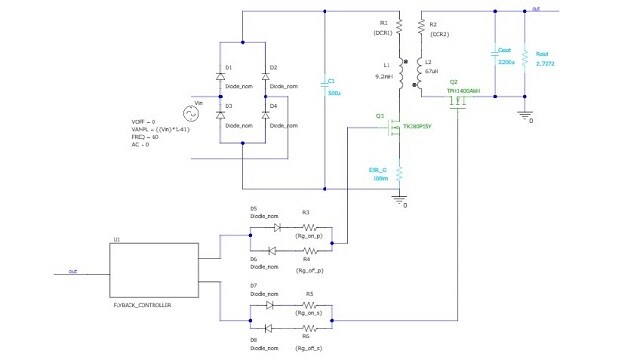
Analysis simulation technology
Every step toward smaller semiconductors is accompanied by a corresponding increase in the mounting density of components in customer systems. There are also parallel concerns about heat and noise, and the high-level reliability that is crucial for semiconductors, especially in automotive and industrial applications. Our response is the development of electrical-thermal-structural coupled simulation technology that takes both semiconductors and customer systems into consideration, in order to suppress heat and noise and improve reliability.
We integrate these simulation technologies into development processes for our semiconductors, and use them to develop circuit simulation models that allow customers to make preliminary verification of our products before officially using them. Beyond this, we ensure that our customers can get the very best performance from our devices with reference designs featuring circuit and layout technologies optimized through simulations that we post to our website.
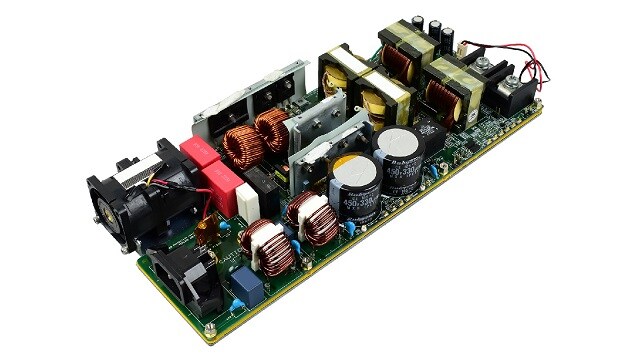
Storage Technology
Hard Disk Drives (HDD)
Integration technology
The exponential increase in the volume of data stored worldwide is driving fast growing demand for larger storage capacities, better performance, and greater reliability in the HDDs used in data centers. We are increasing capacity by advancing the development and design of the magnetic heads and disks that perform magnetic recording, and of signal processing technologies, with the aim of improving recording density per disk. We are also working to realize better performance by more reliable drives with product and design technologies that meet market demands by optimizing data format design, and by conducting evaluations based on customer systems.
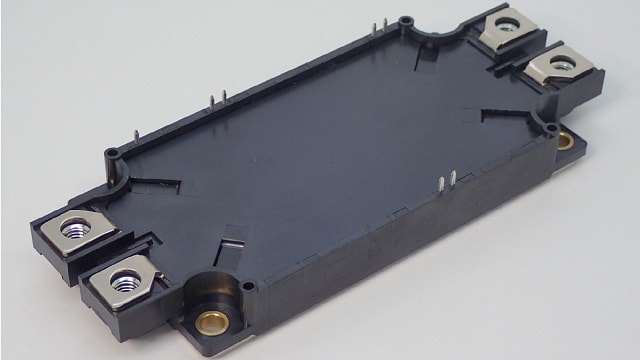
Firmware technology
HDD firmware is software that operates on the SoC* mounted on the HDD printed circuit board, and that controls the actuators and motors to achieve reading and writing. The firmware meet various latency and throughput demands from datacenter customers by analyzing host commands in real time to optimize the media access sequence within the HDD, and also performs background processing to ensure HDD reliability during idle times. We are working to further advance these technologies, toward realizing larger capacity and higher performance HDDs.
* SoC: System on Chip. An LSI with integrated CPU.
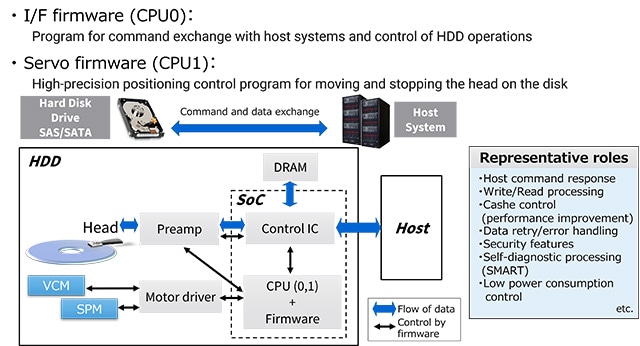
Mechanical and servo control technology
HDDs are packed with cutting-edge technologies, including those for positioning a magnetic head at the nanoscale on the data area (tracks) of a disk rotating at very high speed. We are advancing R&D of a wide range of technologies, including a multi-stage micro actuator mechanism that combines electromagnetic and piezoelectric motors to secure precise positioning of the magnetic head on the target track; positioning control technology; seek control technology that moves the magnetic head quickly; helium-sealing technology that suppresses fluid-induced vibration of the disk; vibration control technology that blocks external influences from the system rack in the datacenter; and high-density stacking technology that mounts multiple disks in the limited space inside the HDD enclosure.
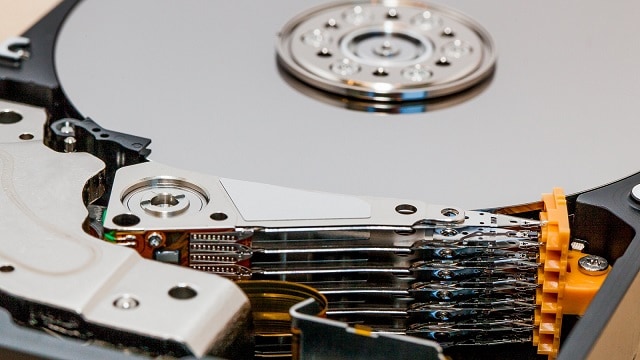
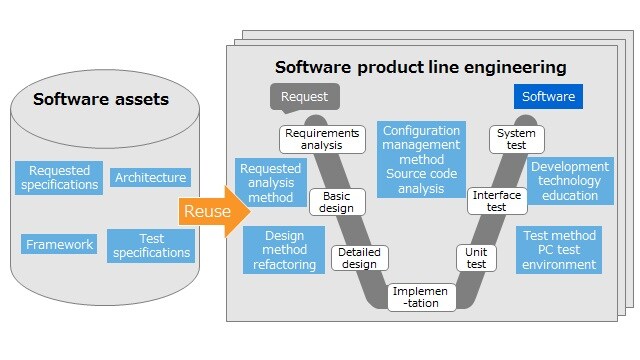
Content of research and development page
Related information
* Company names, product names, and service names may be trademarks of their respective companies.



